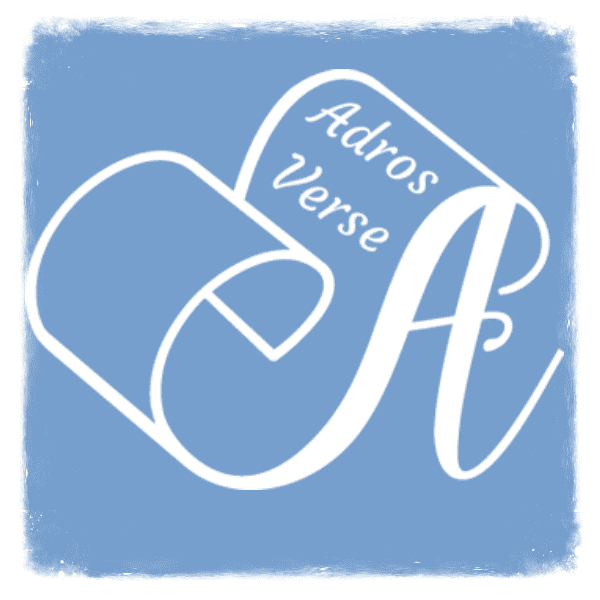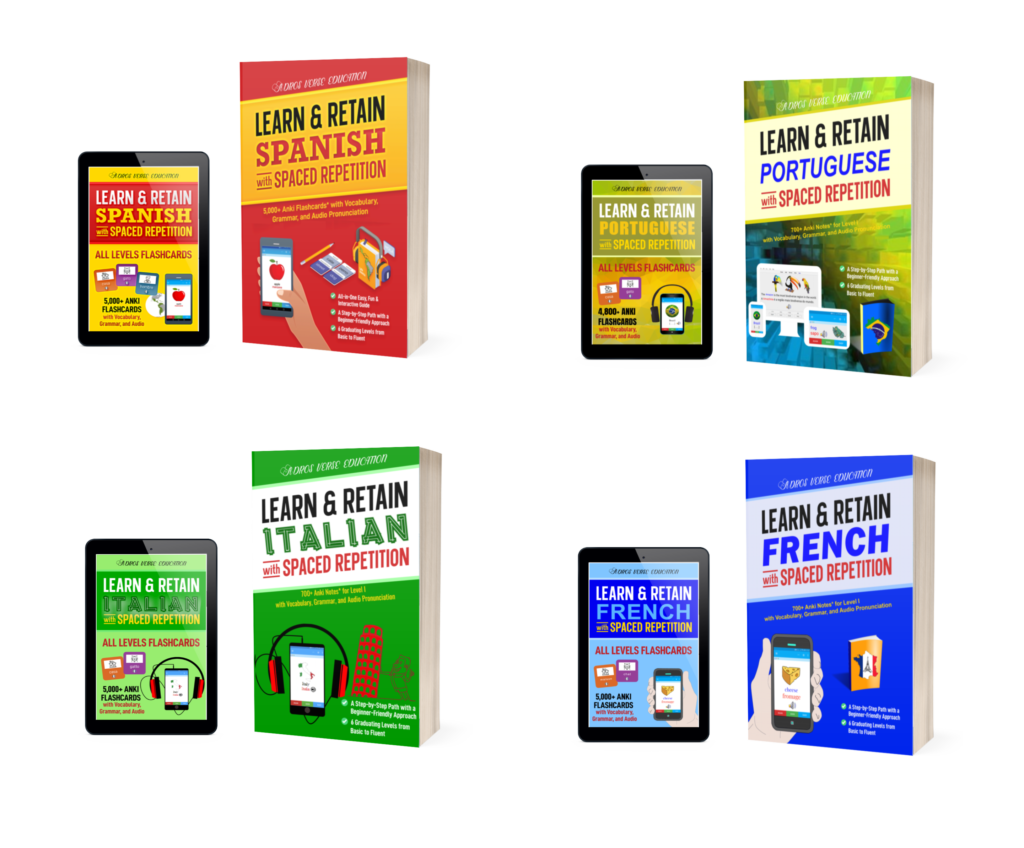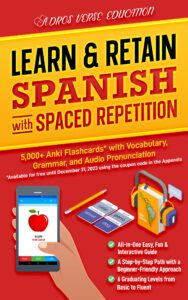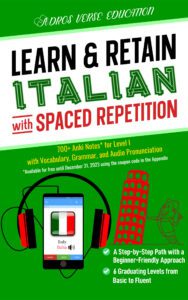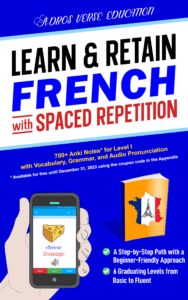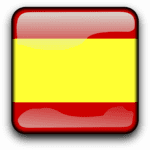We discussed different types of nouns in Arabic, such as active and passive participles in Level IV, Lesson 7, and verbal nouns in Lesson 3 of this level. In this lesson, we discuss additional noun types, such as nouns of place, nouns of instrument, and nouns of intensity or repetition in Arabic.
Nouns of Place
The masculine patterns مَـفْـعَـل (maf‘al) and مَـفْـعِـل (maf‘il), and their feminine forms مَـفْـعَـلَـة (maf‘alah) and مَـفْـعِـلَـة (maf‘ilah), are often used to form nouns of place, such as:
| Verb | Noun of Place |
| لَـعِـبَ (la‘iba) he played | مَـلْـعَـب (mal‘ab) playground |
| خَـرَجَ (kharaja) he exited | مَـخْـرَج (makh raj) exit |
| دَخَـلَ (dakhala) he entered | مَـدْخَـل (mad khal) entrance |
| كَـتَـبَ (kataba) he wrote | مَـكْـتَـب (maktab) desk or office |
| كَـتَـبَ (kataba) he wrote | مَـكْـتَـبَـة (maktabah) library |
| دَرَسَ (darasa) he studied | مَـدْرَسَـة (madrasah) school |
| سَـجَـدَ (sajada) he prostrated | مَـسْـجِـد (masjid) mosque |
| نَـزَلَ (nazala) he descended or settled down | مَـنْـزِل (manzil) home or house |
| نَـزَلَ (nazala) he descended or settled down | مَـنْـزِلَـة (manzilah) status or standing |
The plural of most of these nouns of place follows the pattern مَـفـاعِـل (mafā‘il). For example:
| Singular | Plural |
| مَـلْـعَـب (mal‘ab) playground | مَـلاعِـب (malā‘ib) playgrounds |
| مَـخْـرَج (makh raj) exit | مَـخـارِج (makhārij) exits |
| مَـدْخَـل (mad khal) entrance | مَـداخِـل (madākhil) entrances |
Some nouns of place use the passive participle, especially Patterns (7), (8), and (10):
| (7) | (8) | (10) |
| مُـنْـفَـعَـل munfa‘al | مُـفْـتَـعَـل mufta‘al | مُـسْـتَـفْـعَـل mustaf ‘al |
Here are some examples:
| Verb | Pattern | Noun of Place |
| اِنْـحَـنـى (inḥanā) he bent | (7) | مُـنْـحَـنـى (munḥanā) curve |
| اِنْـحَـدَرَ (inḥadara) he declined | (7) | مُـنْـحَـدَر (munḥadar) slope |
| اِسْـتَـوى (istawā) he mounted, sat on, or is equivalent to | (8) | مُـسْـتَـوى (mustawā) level |
| اِرْتَـفَـعَ (irtafa‘a) he rose | (8) | مُـرْتَـفَـع (murtafa‘) high place |
| اِسْـتَـشْـفـى (istash fā) he sought a cure | (10) | مُـسْـتَـشْـفـى (mustash fā) hospital |
| اِسْـتَـوْطَـنَ (istawṭana) he settled (permanently) in | (10) | مُـسْـتَـوْطَـنَـة (mustawṭanah) settlement |
Nouns of Instrument
Nouns of instrument are special derived nouns that describe an instrument, machine, or tool used to perform a specific action. Most nouns of instrument follow one of these three patterns:
| (1) | (2) | (3) |
| مِـفْـعـال mif ‘āl | مِـفْـعَـل mif ‘al | مِـفْـعَـلَـة mif ‘alah |
Here are some examples:
| Verb | Pattern | Instrument |
| فَـتَـحَ (fataḥa) he opened | (1) | مِـفْـتـاح (miftāḥ) key |
| نَـشَـرَ (nashara) he sawed | (1) | مِـنْـشـار (min shār) saw |
| صَـعَـدَ (ṣa‘ada) he went up or ascended | (2) | مِـصْـعَـد (miṣ‘ad) elevator |
| كَـبَـسَ (kabasa) to press or exert pressure | (2) | مِـكْـبَـس (mikbas) piston or press |
| نَـشِـفَ (nashifa) it dried | (3) | مِـنْـشَـفَـة (min shafah) towel |
| كَـنَـسَ (kanasa) he swept | (3) | مِـكْـنَـسَـة (miknasah) broom |
Nouns of Intensity or Repetition
Nouns of intensity or repetition follow the pattern فَـعّـال (fa‘‘āl) for masculine nouns and فَـعّـالَـة (fa‘‘ālah) for feminine nouns. For example, the word for “liar” in Arabic is كـاذِب (kādhib), which follows the pattern فـاعِـل (fā‘il). However, to describe someone who lies frequently, we use the word كَـذّاب (kadh dhāb), which follows the pattern فَـعّـال (fa‘‘āl) to indicate intensity and repetition of the action.
Most derived nouns that emphasize intensity or repetition refer to either a profession or an instrument used to perform a specific action.
Here are examples of nouns of intensity or repetition used as names of tools and instruments:
| Verb | Tool or Instrument |
| جـالَ (jāla) he toured or roamed | جَـوّال (jawwāl) mobile phone |
| فَـتَـحَ (fataḥa) he opened | فَـتّـاحَـة (fattāḥah) bottle opener |
| غَـسَـلَ (ghasala) he washed | غَـسّـالَـة (ghassālah) washer |
| ثَـلَّـجَ (thallaja) he froze | ثَـلّاجَـة (thallājah) refrigerator |
As for workers in professions that use this pattern, here are some examples:
| Verb | Worker in the Profession |
| نَـجَـرَ (najara) he carved wood | نَـجّـار (najjār) carpenter |
| خَـيَّـطَ (khayyaṭa) he sewed or stitched | خَـيَّـاط (khayyāṭ) tailor |
| جَـرَحَ (jarāḥa) he wounded | جَـرّاح (jarrāḥ) surgeon |
The feminine form of the above nouns is obtained by adding a ة (tā’ marbūṭah) ‘tied-t’ to the end of the word.
The name of the profession itself often follows the pattern فِـعـالَـة (fi‘ālah). For example:
| Worker of the Profession | Name of the Profession |
| نَـجّـار (najjār) carpenter | نِـجـارَة (nijārah) carpentry |
| خَـيَّـاط (khayyāṭ) tailor | خِـيـاطَـة (khiyāṭah) sewing |
| جَـرّاح (jarrāḥ) surgeon | جِـراحَـة (jirāḥah) surgery |
Back to: Progressive & Perfect Tenses
Other lessons in Level V:
